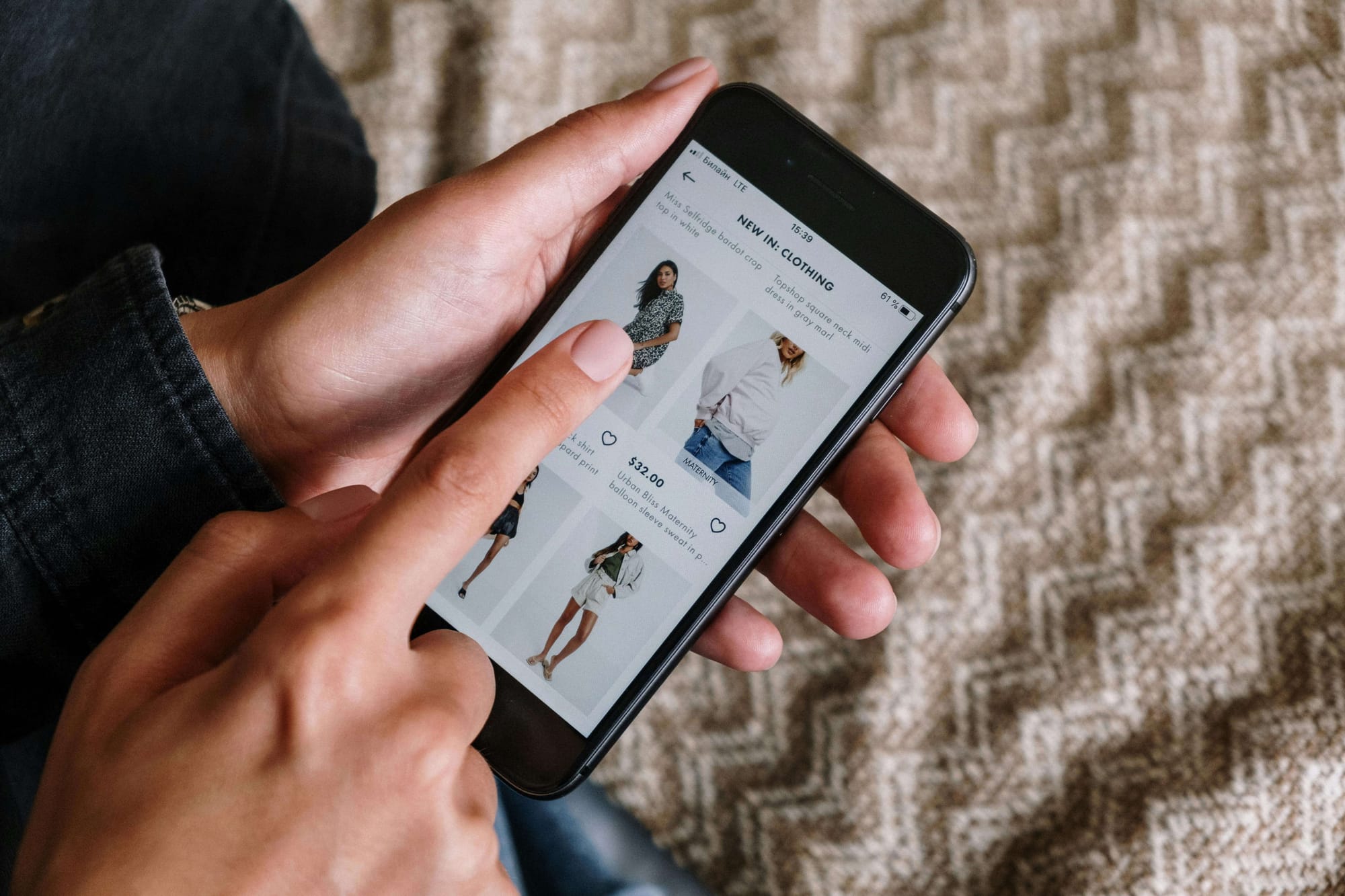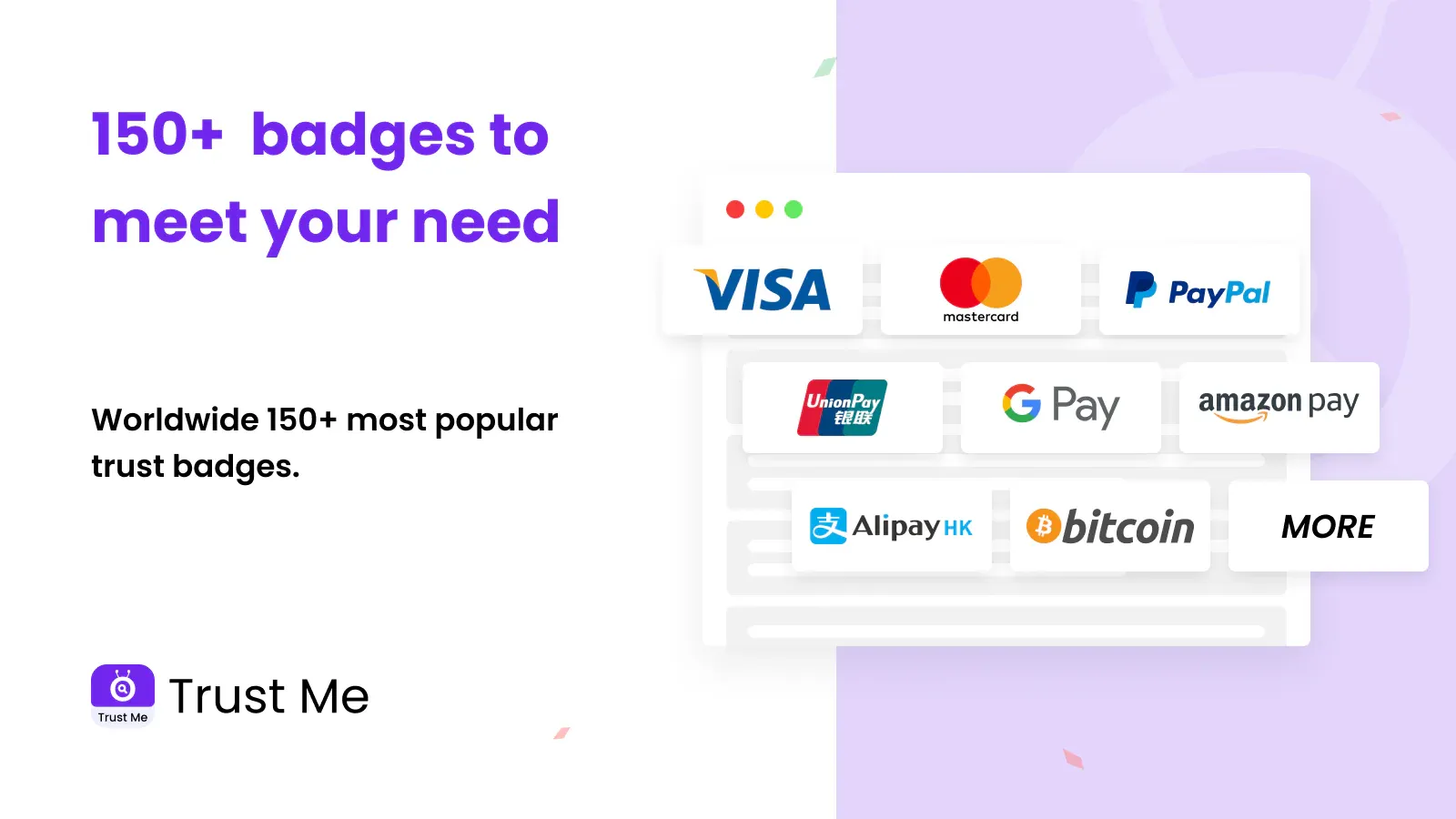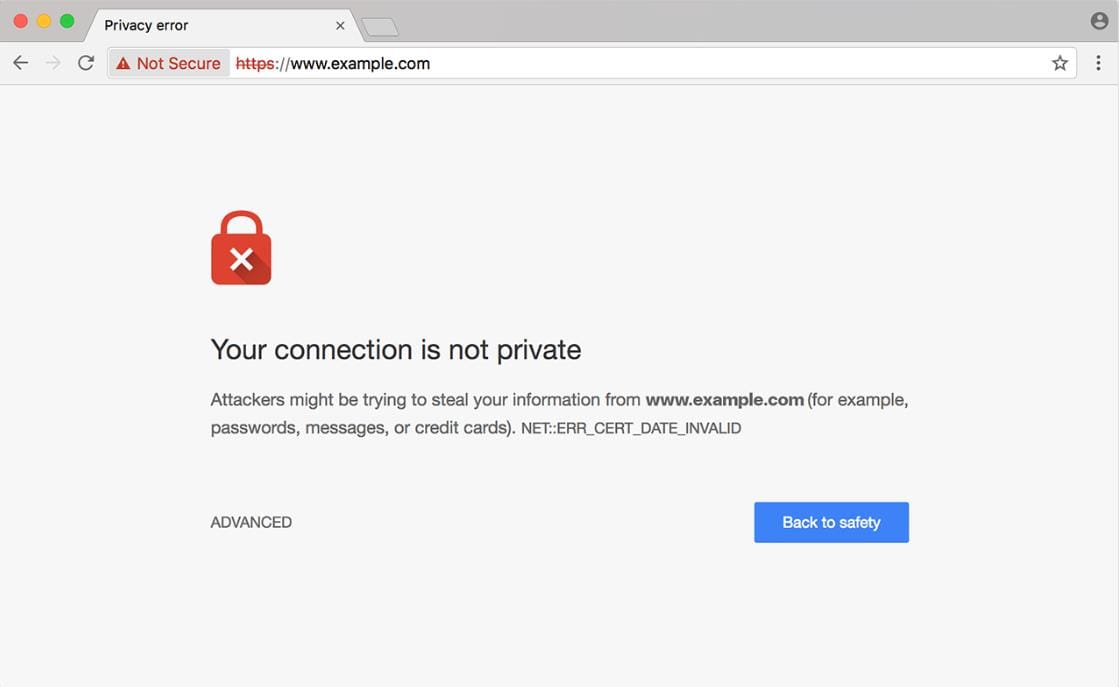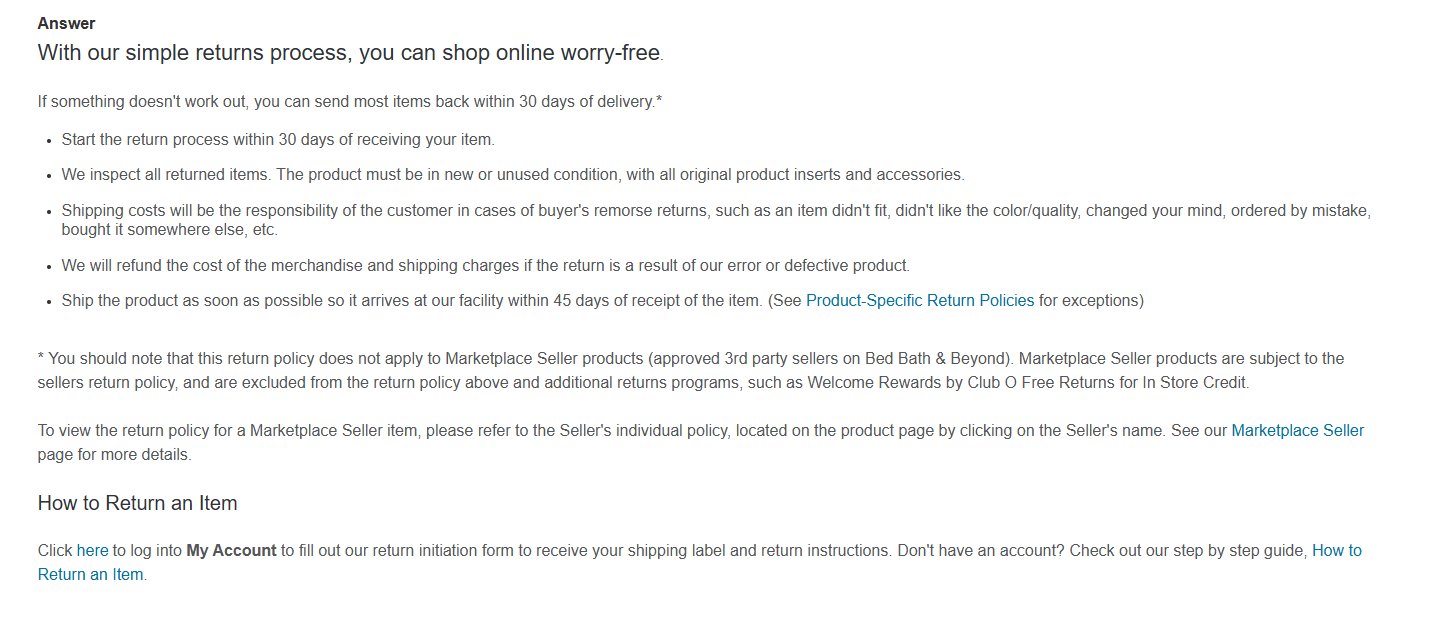The Quick Checklist To Make Your eCommerce More Trustworthy

This post was originally published in 2021. We've updated and added to it to provide you with more accurate, up-to-date advice about building trust with your eCommerce store.
Try this: Open Google Analytics and check your bounce rate. Not so great, right?
Many people come to your website—hopefully—but most don’t buy. Even more perplexingly, they often come to your eCommerce store, stay 15 seconds or less, leave, and don’t even remember you afterward.
What can you do to change this pattern?
Well, one big way you can improve the performance of your eCommerce store is to make it more trustworthy.
When building trust, there’s the short run—the quick implementations you can do right now to make your eCommerce store more trustworthy, the sprints you can run as fast as possible to prevent your visitors from leaving immediately.
And there’s the marathon: aspects of a customer’s experience with your brand that you can't change that fast. They require more investment from you—money or time—but they are absolutely necessary for your eCommerce to survive.
With the longer term in mind, we’ll divide these tips into two parts: the quick implementations you can do right now and what you must strive for in the long run to build trust with your customers.
The Sprint: Quick Fixes to Build Trust
The very nature of trust is that it’s something that’s built over time, the outcome of a long-lasting relationship. But first impressions are still very important when establishing that relationship. There are things you can be doing today that can help set you up for success over the long run.
✔︎ Add Website Seals to Your eCommerce Store
What is it, and how can I install it?
When you add security seals, you immediately decrease your customers’ perceived security and privacy concerns. They become more likely to evaluate your product fairly, knowing your site is legitimate.
These days, many trust badge apps on the Shopify platform, both paid and free, let you add badges to your store quickly and easily.

✔︎ Display Secure Payment Options
What are the different options?
List all the different options on your landing page and store page. Your eCommerce platform usually has this feature by default, but make sure your visitors can see it.
To remove friction and make it super easy for your visitors to buy from you, consider offering Cash On Delivery (COD). This allows people to pay only when they receive the package.
Make sure your checkout URL stays on the same page rather than opening a new page. And don't forget to purchase an SSL certificate with your domain name. (As of 2024, this is table stakes—many browsers will warn users if a site is not secured via SSL. You can imagine what this does to your bounce rates.)

✔︎ Offer Shipping Transparency
How do I offer shipment tracking to customers?
Ensuring a transparent post-purchase experience is the key to retaining and building customer relationships.
Your customers love delivery updates. (And, conversely, they hate not knowing what’s going on with their order.) That’s why so many customer service teams spend time responding to WISMO tickets—why is my order?
With AfterShip Tracking, you can let them know the status of their package without doing anything. Connect your store, and we'll auto-import your orders with their tracking numbers.
Even better, you can create a dedicated, branded tracking page on your own domain that your customers can track while connecting with your social media channels and further reinforcing that sense of trust.

✔︎ Write a Clear and Simple Shipping & Return Policy
How do I avoid back-and-forth post-purchase inquiries?
Make it fair and simple. Use the language your visitors would use every day. We all hate reading insurance policies, don't we? Or how about the fine print that comes with a new credit card?
Don't make it feel that way.
Be clear upfront. Avoid bad surprises for your customers and yourself. Make the shipping and return policy easy to find.
Bed, Bath and Beyond is known to have one of the clearest return policies you’ll find online. There are some gems to take from them:

✔︎ Make Your Contact Page As Transparent As Possible
What should I write?
This one is easy, but some online store owners don't quite get it. Introduce yourself and where you live. Because of time zones and the realities of international eCommerce, you may be asleep while an angry customer tries to reach out.
Be sure to provide:
- A contact email address - be original and try to avoid support@ or info@ addresses
- A phone number - if you're set up to support this
- How you consider customer support - be transparent as well on that one
- Operating hours and how long a customer can expect to wait before receiving a reply
Forms also work.
Be sure to set up an autoresponder so that any email you receive repeats the information above and the timeframe for a reply. This will also help ensure your customers don’t feel the dreaded “email to nowhere” anxiety.
✔︎ Provide Shipping Protection
Why is protection so important for building trust?
A lot can go wrong in shipping. Packages can become damaged or lost in transit, and porch piracy can even lead to packages being swiped at the buyer's front door.
Offering an insurance option for shipping protection, especially on high-value merchandise, provides peace of mind for your customers and encourages them to buy from you. Depending on your needs, you can give your customers the option to pay the insurance premiums (usually quite affordable) or cover them yourself.
✔︎ Avoid Too Many FOMO Marketing Tactics
Why shouldn’t I dial up the FOMO?
Five years ago, it seemed like every eComm store was packed with widgets designed to encourage shoppers to buy now, now, now—countdown timers, in-cart notifications, etc. And plenty of resources online encourage you to use 'em.
However, in 2024, it's worth noting that fewer big brands still rely on these kinds of inducements on their sites. And when they use them, they use them sparingly.
Why?
They've learned that intense FOMO might pay off with slightly higher conversion rates in the short term, but it can erode trust and even jeopardize your brand if you create a negative customer experience. It's also worth noting that, as these tactics have become more common, consumers have grown wiser to some of the common "tricks" and will bounce when they seem 'em.
We're not saying you shouldn't occasionally employ FOMO to drive sales—a time-bound discount, for instance, is still a good way of doing it—but leave the chintzy, manipulative tactics to the amateurs.
Today, there are more intelligent ways of upselling throughout the customer journey that provide value for buyers while helping increase your average order value (AOV).
✔︎ Provide an Estimated Delivery Date
How do I provide estimated delivery dates?
We've already discussed the need for transparency, but this one is worth highlighting: once someone makes a purchase, they expect to know when it will arrive. The solution is simple: estimated delivery dates (EDD).
Not all carriers can provide EDD, but there are ways you can provide it even if they don't.
AfterShip, for example, features AI-predictive EDD based on the daily processing of around 3 million shipments. This AI prediction is 91% accurate on average and helps to close the knowledge gap and reduce the number of WISMO tickets you receive.

✔︎ Implement Live Chat
Which app should I use?
When a person enters a brick-and-mortar store, the sales clerk will (ideally) be around to talk should they have any questions. The same can be true of an eCommerce store—what's better than chatting with your visitors while they are on your website?
There are so many options to choose from. We don't necessarily recommend one in particular. You'll find below a list depending on your platform:
The Marathon: Making Your eComm More Trustworthy
Although these quick hacks help, you know you can't rely solely on them forever. You want to make a difference and build a special relationship with your customers in the long run. This will lead to repeat business and even strong word-of-mouth advertising for your eCommerce store.
✔︎ Update Your "About Us" Page
Your about page is your opportunity to shine. There’s always a "why," a reason you got into what you're doing, a reason your team works so hard. Talk about it. Let your visitors know more about you as a business and a team of individuals, so they can relate. Here are a few elements to consider adding:
- a picture of your founders and your team
- an explanation about why you love doing what you're doing
- if you have strong values or social commitments, talk about them here
- make yourself available, whether it's for a simple chat, social media connection, or an email
Here's how DIME Beauty does it. It's simple yet powerful, including its brand mission statements, commitments to high-quality and ethical products, and details about the company's founders.

✔︎ Try an Insider Blog
An insider blog doesn't have to be that complicated. Aim for one post per month. Take daily notes about what you're doing, the challenges you're facing, and the achievements you're proud of. Your visitors want to know what's happening "backstage," and when you open your door and share, you send a signal of trust.
What can you write about? Again, start with the reasons "why." Why your company was started, and why it exists today. Whenever you start a new project, you should always ask yourself why, and stick to it. The reason is simple:
People don't buy what you do, they buy why you do it.
—Simon Sinek
Sinek explains in his TEDx talk the outcomes of focusing on your why:
- it helps you make more sense of what you're trying to achieve
- it helps you focus on what you are working on
- it helps you communicate with your visitors and spread your message
An insider blog is an excellent opportunity to share and explore that "why" in a manner that will resonate with your customers.
One great example we found is Jeff Sheldon from Ugmonk. You've probably never met him, but when you spend 5 minutes on the Ugmont website, you can get so many insights from Jeff: his story, why he has been working on his products, and how Jeff shares his work with his audience. In return, visitors become more likely to trust him.
It's no coincidence that I'm on a first-name basis with him. Even though I’ve never met him in person, I feel like I’ve gotten to know Jeff over the years through Ugmonk.
✔︎ Master the Art of Social Proof
Social proof is defined, quite dryly, as "a psychological phenomenon where people assume the actions of others in an attempt to reflect correct behavior for a given situation" (Wikipedia).
But what it really means is that when evaluating a potential purchase, people are influenced by their peers, such as friends, family, colleagues, and the community. In the eCommerce marketing world, this means that sometimes, an unbiased testimonial or review will be far more persuasive than even the sharpest copywriting.
The more you get reviews or influence, the more likely visitors will purchase from you. Make a point of actively collecting reviews from satisfied customers during the precious moments of the post-purchase evaluation period, when their (positive, let's hope) experience is freshest in their minds.
✔︎ Gather Product Reviews Early
This is Psychology 101. When a visitor sees that your product has many reviews, the pressure to buy decreases.
The challenge, of course, is when you haven't sold anything yet. If that's you, consider asking members of your community to try your products and leave a simple yet authentic review about them. (Better yet, give away your product for free to a few likely customers in exchange for a review.)
In a post on Copyblogger, Sean D'Souza shares 6 questions you can ask for powerful testimonials. These questions include the pain points of your users, and how your brand helps to solve them. You can check the list of 6 questions, and start asking for feedback to your visitors.

✔︎ Build Social Media Hype
What do visitors think of your brand? You might think your eCommerce is great. It's yours, after all. But what do real people and strangers think of your brand?
Social media is often the best place to find out.
Big brands often employ a social media manager (or, in some cases, a team) to use social media to the fullest. This includes not only promoting your brand and marketing materials but also engaging community members, answering questions, or even providing customer support. But even small eCommerce businesses can dedicate some time daily (it doesn't take a lot) to posting and engaging with target customers on their preferred channels.
Monitoring social media also helps you get an unbiased perspective on your brand. If people are posting nice things about you, not only is that additional social proof, that's an opportunity to reengage them and make them feel special.
✔︎ Show You Are The Expert
You are the expert. Visitors return to your online store because you are 1) an authority and 2) you give them free, valuable content.
In his book Youtility, Jay Baer introduces us to the story of Marcus Sheridan from River Pools. Long story short, they started to answer all their visitors' questions. All of them. It did three things:
- they gave value upfront to their visitors, who might become customers
- they build their online reputation
- they earned an "unbelievable consumer trust in the marketplace"
Create a FAQ page, or use your insider blog to answer questions you receive via email or phone. Your visitors and prospects are your greatest source of learning. Provide expert advice aimed squarely at them, ideally optimized for search engines, and you'll attract visitors in no time.
Over To You
Whether you implement the quick hacks, earning trust from your customers is a longer term project. It's a relationship that takes time to build.
You can't leave your "About Us" blank or with a strict minimum, and need to find the time to produce valuable content that will help your customers understand you and your product.


